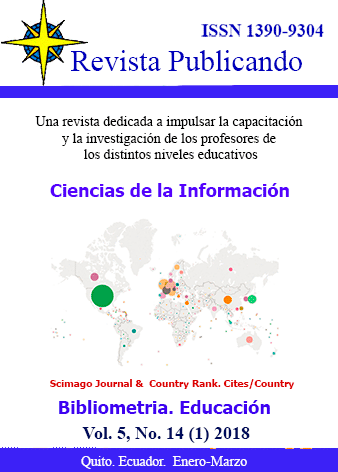Resumen
The myth of Mohammad Golbadam is of the few stories that female heroes play a key role in furthering the storyline. Princess that was kept in isolation all her life on the orders of the king, just purely coincidental sees the sun falls and seeks it. After the hearing, name of Mohammed Golbadam from two birds, she fell in love without knowing and seeing him and becomes sick in bed of his love. Within forty days, the cause of the illness is found by daughter of minister. Angry King, throws the child to the river in the Fund. Ironically, the fund is caught by Mohammad Golbadam from the water and the girl is released. Princess was brought to home and removed the veil of her mystery with insistence of Mohammad's mother. The wise mom encourages Mohammad Golbadam to marry story's girl, but Mohammad refused to accept it. On the other hand, the old woman performs required guidance for the princess to satisfy the boy to this marriage. The girl after doing the old kind woman's advice and leaving behind many problems eventually softened the heart of Mohammad Golbadam and the boy decided to marry her. The marriage joyous celebration was held in seven days and nights. This article aims to critically analyze the tale with mystical-spiritual approach. The research was descriptive and data were collected through library. The most important research results indicate that there are seven-step on the path to joiner with eternal God that includes: darkness, seeking, love, calamity, guides, anger and transplantation.
Referencias
Eliade, Mircea. (1389). A treatise on the history of religions. Jalal Sattari. fourth. Tehran: Soroush
Eliade, Mircea. (1391). Myth and Reality. Mani Salehi Allame. First. Tehran: Parse book
Amirqasemi, Minoo. (1391). about mythical Stories. First. Centeral Tehran
Dadvar, Abolqasem. and Elham. Mansouri. (1390). Introduction to the myths and symbols of ancient Iran and India. Second. Tehran University of Alzahra and Kalhor
Sattari Jalal. (1389). entries on mystical Cryptology. IV. Centeral Tehran
Sattari Jalal. (1389). World mythology 9.Second . Centeral Tehran
Knight, Jean and Allen Bergeran. (1385). Symbols culture. Sudabeh Fazaeli. Fourth, first. Tehran: Jeihoon
Knight, Jean and Allen Bergeran. (1388). Symbols culture. Sudabeh Fazaeli. First, second, third. Tehran: Jeihoon
Campbell, Joseph. (1391). The Power of Myth. Abbas Mokhber. VII. Centeral Tehran
Mitt Ford, Miranda Bruce. (1388). Symbols and signs in the world. Abolqasem. Dadvar and Zahra Taran. First. Tehran University of Alzahra and Kalhor
Nouraghaei, Arash. (1390). Numbers, symbols, myths. III. Tehran: Afkar
Hall, James. (1390). graphical Culture of symbols in the art of East and West. Roqieh Behzadi. Fifth. Tehran: Contemporary Culture
Usted es libre de:
Compartir — copiar y redistribuir el material en cualquier medio o formato
Adaptar — remezclar, transformar y construir a partir del material
La licenciante no puede revocar estas libertades en tanto usted siga los términos de la licencia
Bajo los siguientes términos:
Atribución — Usted debe dar crédito de manera adecuada, brindar un enlace a la licencia, e indicar si se han realizado cambios. Puede hacerlo en cualquier forma razonable, pero no de forma tal que sugiera que usted o su uso tienen el apoyo de la licenciante.
NoComercial — Usted no puede hacer uso del material con propósitos comerciales.
CompartirIgual — Si remezcla, transforma o crea a partir del material, debe distribuir su contribución bajo la lamisma licencia del original.
